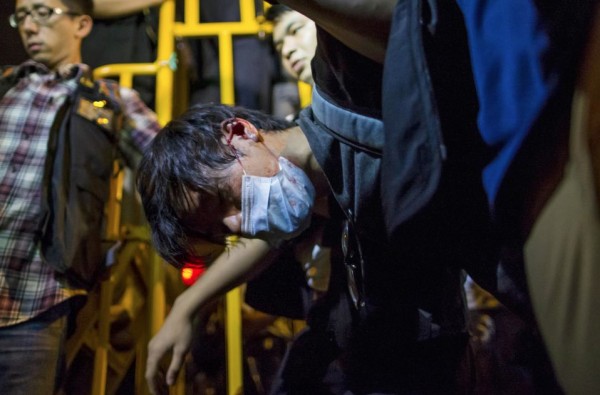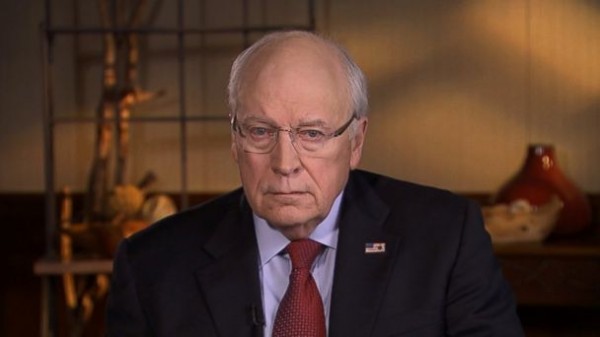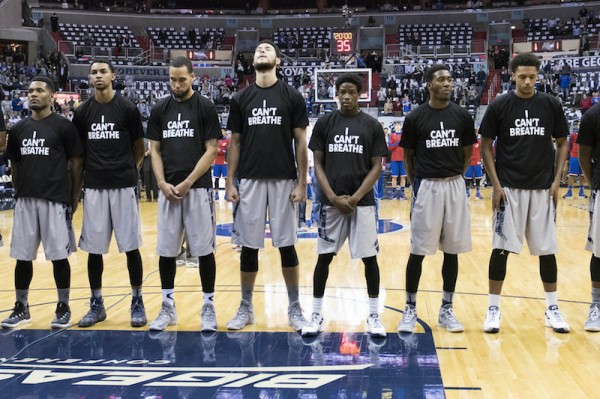Notes
The Beatings Will Continue
(Note: this post was written prior to the action yesterday by police to tear down most of the Hong Kong protest camps, including Admiralty, the largest one. Most protesters had cleared out already, but many — including core organizers — stayed and were arrested. They did so for moral as well as symbolic value. As today’s news reflects, as Robert Hariman’s post does also, the decision by the protesters reflects a strategic move at this point with the intent to continue.)
News reports as I write are that the protest leadership in Hong Kong is divided over the question of whether to disband the demonstrations. Many students want to continue, as the objectives of the protest have not been met. Others want to stand down to stop the escalating violence that contradicts the movement’s original intention and values.
I wonder how this guy would vote?
We can’t even make a good guess, as violence can either break or stiffen resolve. The caption informs us that “A pro-democracy protester, with blood on his face, is detained by police during a confrontation.” The caption is a model of professional objectivity–and euphemism. How that blood got on his face, we apparently can’t say. And “detained,” well, that’s one word for it. And whether he is conscious, semiconscious, or out cold is left unsaid; perhaps he is resting. . . . .
Many of the photographs from the demonstration have been uplifting testaments to peaceful civil disobedience on behalf of democratic ideals. Not to mention the eye candy: colorful umbrellas, post-it note signage, and origami displays amidst a gleaming cityscape lend themselves to appealing images, and beautiful young people who look more studious than dangerous can even make politics look attractive. Throw in a few cellphones and a laptop or two, and you have a liberal techno-globalist dream come true. Thomas Friedman, start writing.
Which is why I admire this photograph. It is not pretty; it is disturbing. The boy has been beaten. The mask to avoid tear gas now signifies the hospital care that he needs and may not get soon. His youth has been turned as well: from future-oriented idealism and courage to sheer physical and psychological vulnerability. Almost everything else in the frame also is destabilized: the yellow metal could be a cage, the red bulb says both “emergency” and “interrogation,” the thin young man is rearing back as if threatened while being more exposed than he knows, the isolated face could be friendly or hostile, perhaps a traitor in the making as everyone seems subject to different vectors in the force field. Against this shuddering disconnection and ambiguity, only the policeman’s mass in the right foreground stands unchanged–and yet inchoate.
The photograph reminds us that government still is too often conducted the old fashioned way: with violence. And that bearing witness to common ideals will lead to brutality and pain that is borne not by all who believe, but by a few who are given far more than their share of the load. And if all we can do is watch, we should at least recognize that we have a responsibility to do so, all down the line.
The demonstrators may decide to stay, or not. (Frankly, I think they should leave–for awhile.) Either way, however, the beatings will continue.
Eventually, it might become too much to watch. I wonder what we will do then?
— Robert Hariman
(photo: Tyrone Siu/Reuters.)



Reactions
Comments Powered by Disqus